Search Images
Browse Content (p. 1676)

Image
Queen Nefertiti
A bust of Egyptian queen Nefertiti ("The Beautiful One Has Come", c. 1370 to c. 1336 BCE), the wife of the pharaoh Akhenaten of the 18th Dynasty of Egypt. By the sculptor Thutmose and rediscovered in 1912.
Neues Museum, Berlin.

Image
Kadesh Treaty
The treaty of Kadesh was written in Akkadian language in 1269 BCE. It was a peace-treaty which was concluded between Ramesses II (the Egyptian pharaoh) and Hattusilis (king of Hittite). These two tablets were found in Boğazköy-Buyulkale (the...
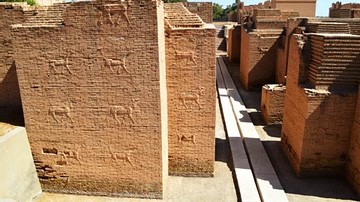
Image
Processional Street, Babylon
Reign of King Nebuchadnezzar II, neo-Babylonian era, 605–562 BCE. Ancient Babylon (modern Babel governorate), Iraq.
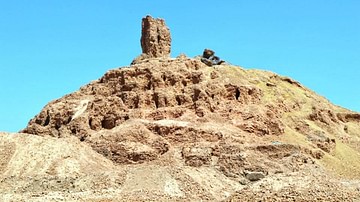
Image
Ziggurat and Temple of God Nabu, Borsippa
The temple to Nabu at Borsippa was destroyed in 484 BCE during the suppression of a revolt against the Achaemenid king Xerxes.
Modern Biris Namrud, Babil Governorate, Iraq.

Image
The Tongue Tower, Temple of Nabu, Borsippa
The ziggurat, the "Tongue Tower," today one of the most vividly identifiable surviving ziggurats, is identified in the later Talmudic and Arabic culture with the Tower of Babel. However, modern scholarship concludes that the Sumero-Akkadian...
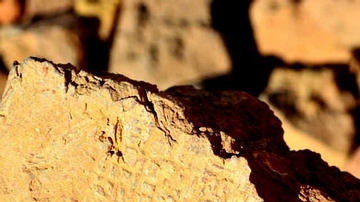
Image
A Stamped Mud Brick, Borsippa
Stamped mud brick from the temple and ziggurat of God Nabu. Borsippa, Mesopotamia, Iraq.
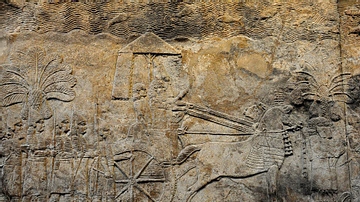
Image
Assyrian Military Campaign in Southern Mesopotamia
The Assyrian king in a chariot watches as prisoners are brought in and heads and booty are piled-up in a palm grove. Neo-Assyrian era, 640-620 BCE, Mesopotamia, Iraq. From Nineveh, south-west palace, court XIX, panels 10-12. (The British...

Image
Coin Depicting Roman Emperor Aurelian
A gold coin depicting the Roman emperor Aurelian (r. 270-275 CE).
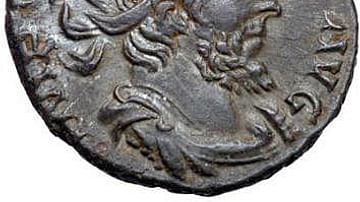
Image
Coin Depicting Roman Emperor Tetricus
A Roman coin depicting emperor Tetricus (r. 270-273 CE).
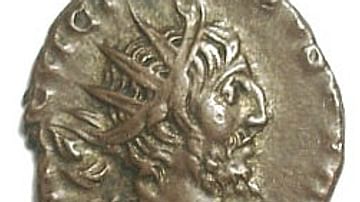
Image
Victorinus
A bronze coin depicting the Roman emperor Victorinus (r. 268-270 CE).